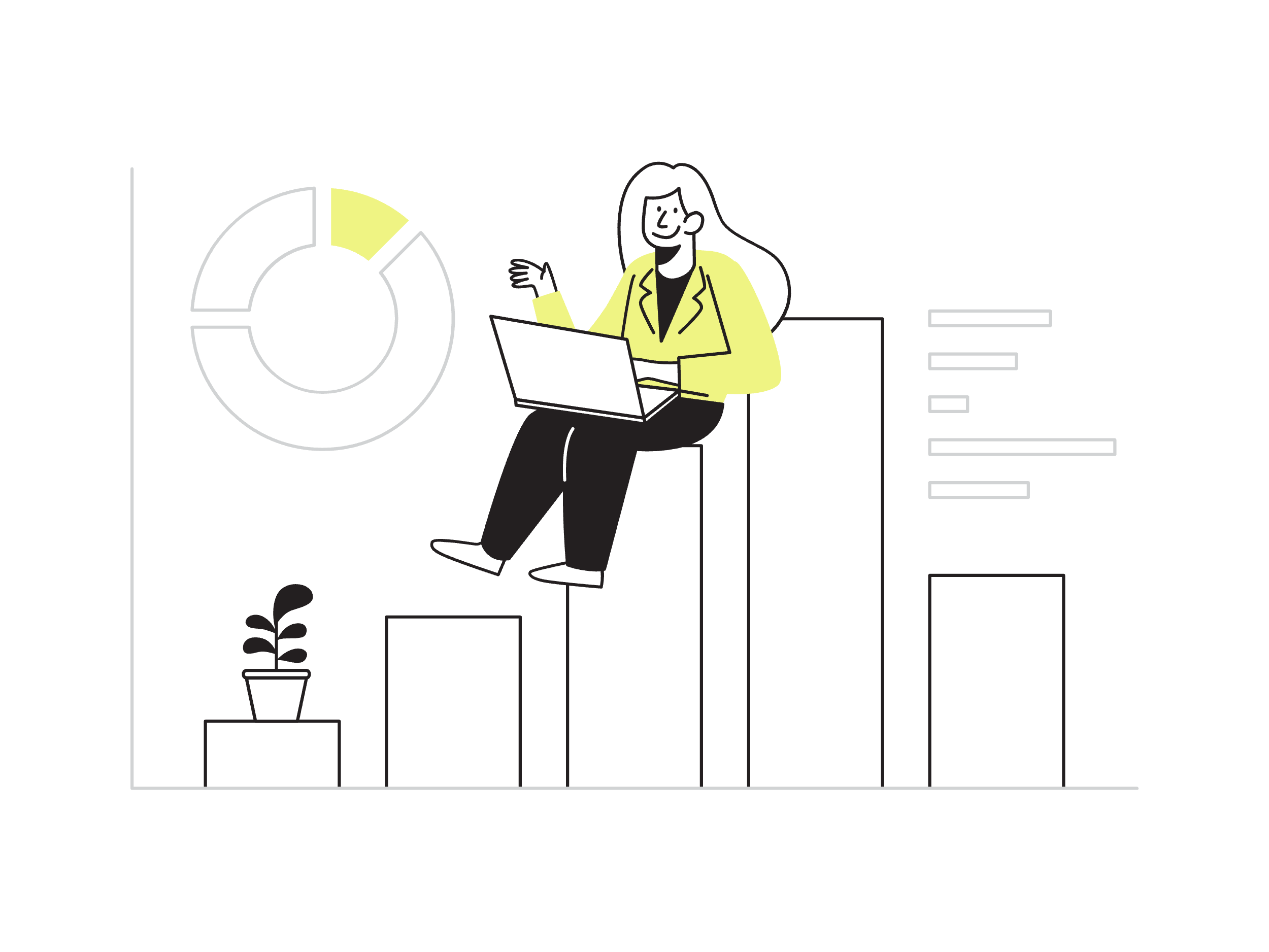What No One Tells You Before You Try to Scale a CPG Brand
When we launched our restaurant, we didn’t expect to end up on global retail shelves with a sauce line. But that’s the thing about F&B, if your product’s good and your brand resonates, you’ll quickly find yourself thinking, “Maybe we could scale this.”
And you can!
But scaling a CPG brand isn’t just about getting into stores. It’s about building something that actually holds together once you're there. We’ve learned this the hard way (and the expensive way). So if you’re sitting on a sauce, snack, or sippable idea that people love, here’s what to lock in before you try to take it far and wide.
1. Nail your numbers: before anyone asks for them
We’re talking landed costs, retail margins, distributor cuts, and the exact unit economics of your packaging, freight, and fulfilment. Investors will ask. Buyers will definitely ask. You need to know this not just for others, but for you.
💡 Real talk: Get a margin model sorted early. You can’t fix this later at scale without burning bridges (or cash).
2. Your packaging isn’t just design, it’s data, compliance, and cost
A beautiful label is great. A legally compliant, shelf-stable, cost-efficient one is better. Make sure you understand:
>Regulatory labelling requirements in your launch markets
>How your packaging affects shelf life, transport, and display
>Whether your branding actually speaks to the right customer, not just your aesthetic
💡 What we learned: Your packaging needs to sell from six feet away. But it also needs to stack properly in a box, survive a delivery van in August, and still look good on the shelf. It’s not just branding, it’s infrastructure.
3. Distribution is not just “getting into stores”
Every founder dreams of Whole Foods. But do you have the systems to handle that kind of volume and compliance? Distribution means:
>Warehousing
>Fulfilment
>Managing purchase orders and chargebacks
>Tracking expiry dates and batch codes
💡 The founder reality: Imagine getting that dream ‘big order’ then realising that you couldn’t physically meet the delivery requirements without hiring help and setting up proper batching. Scale comes with structure.
4. Retail is not your whole business model
Selling in-store is just one channel. But you’ll want:
>An eComm setup with proper fulfilment and customer service
>A DTC margin model that makes sense
>A marketing strategy to drive awareness and sell-through
💡 Big mistake we’ve seen: Founders spend six months chasing buyers, only to realise they’ve neglected everything that actually builds demand.
5. Build the boring stuff early
Repeatable processes, template emails, supplier relationships, production calendars, these are the quiet heroes of a scalable brand. The things that feel “too soon” to set up will eventually become your rescue.
💡 From experience: Having a supplier briefing doc saved us hours (and rework). Batching our production runs with pre-set calendars made launch weeks survivable.
✨ You don’t need to go big right away. But you do need to build in a smart way.
Scaling your CPG brand is doable. But it’s not (just) about flashy partnerships or a viral launch video. It’s about knowing your numbers, building good bones, and making boring decisions well.
If you’re ready to scale with confidence (and less chaos), we’ve got you. Remember:


